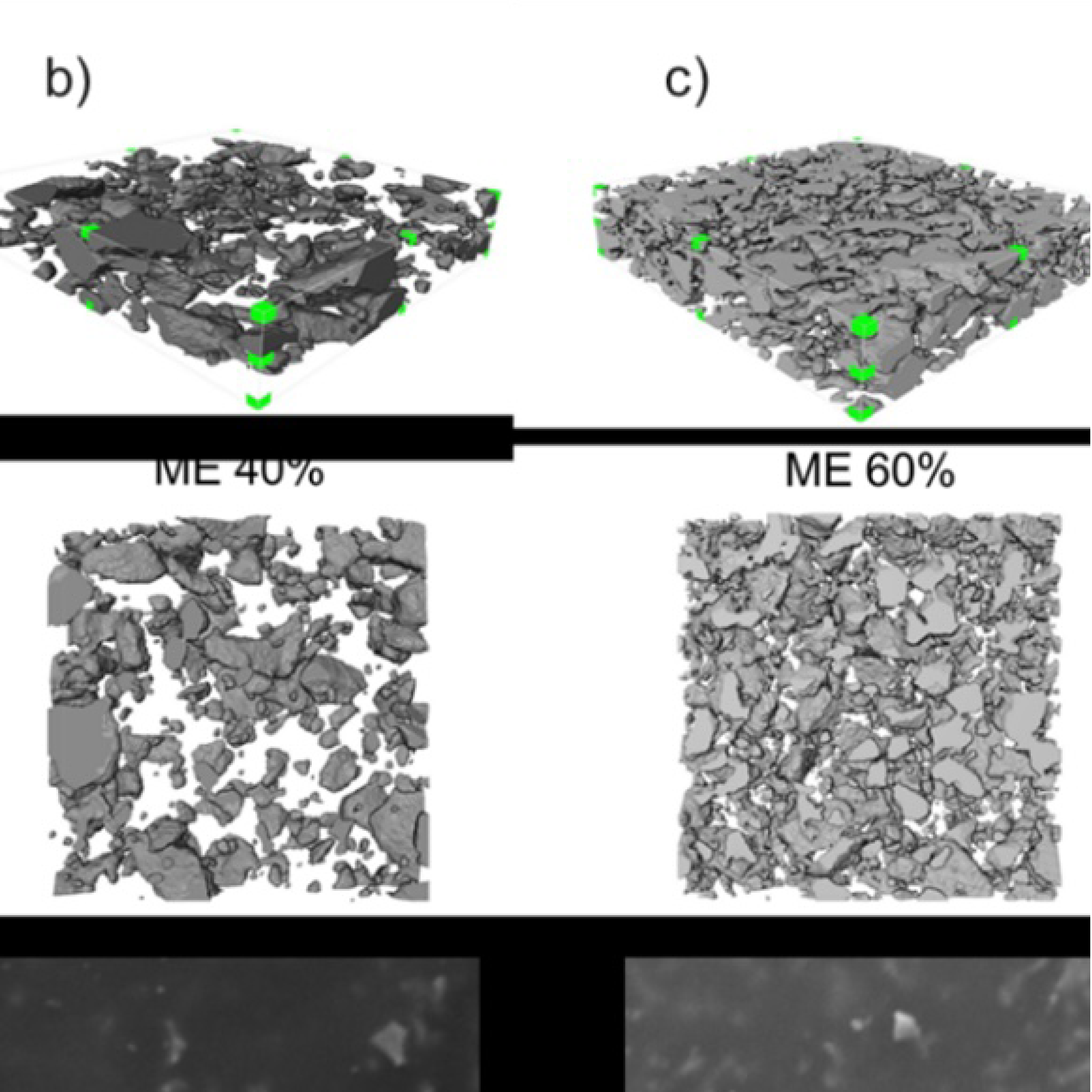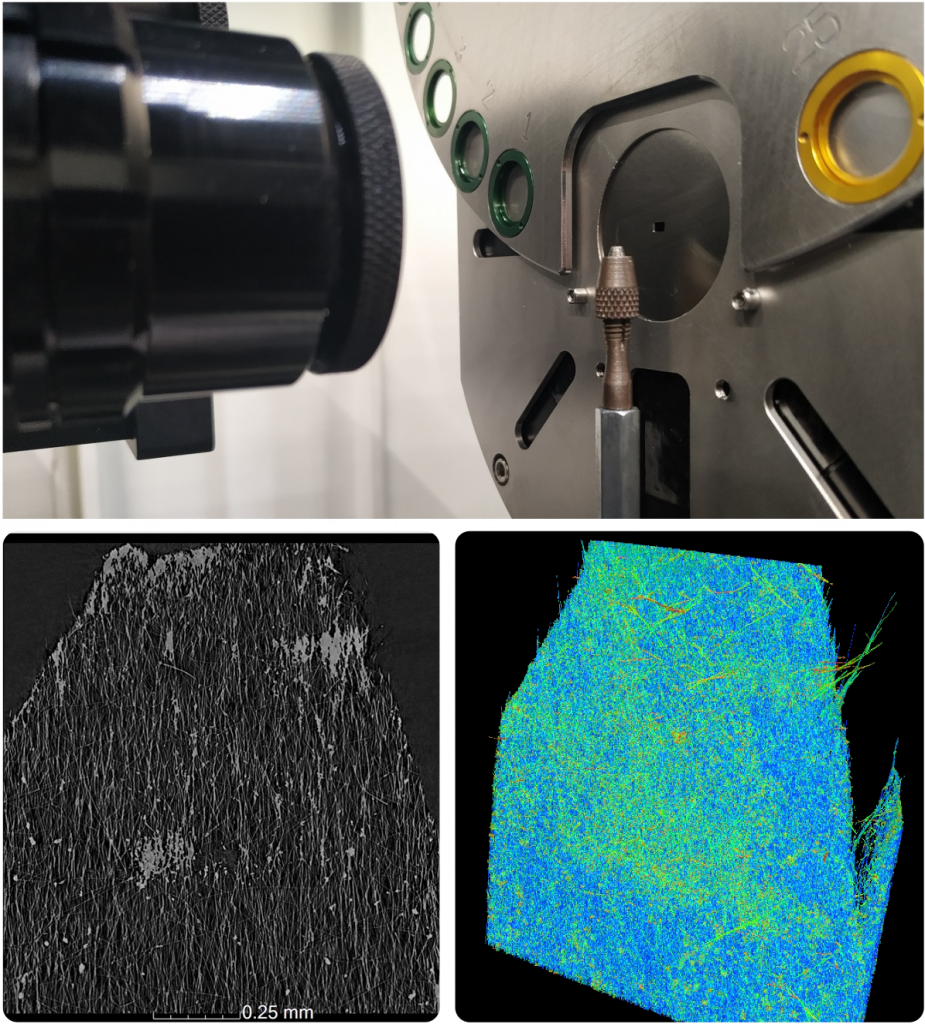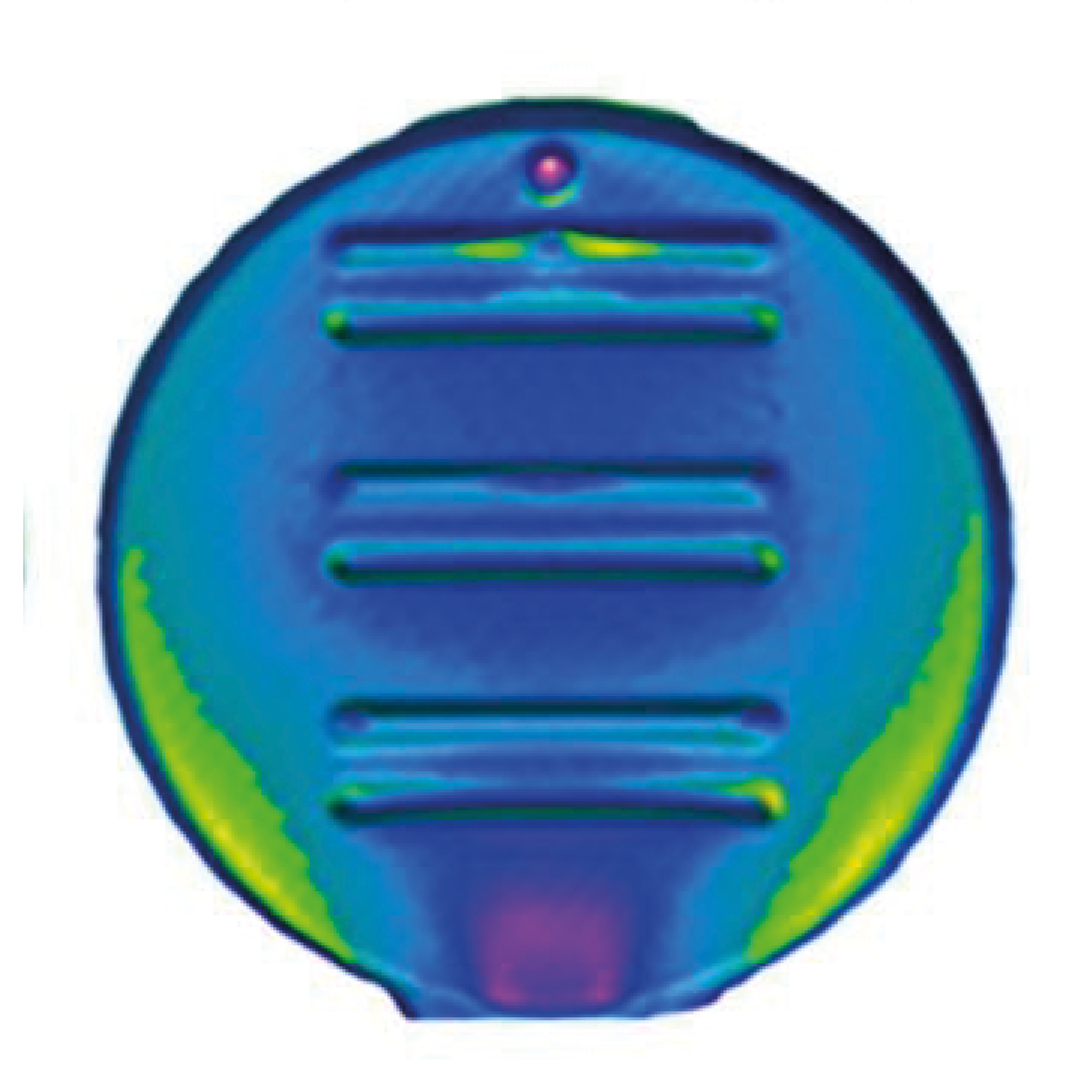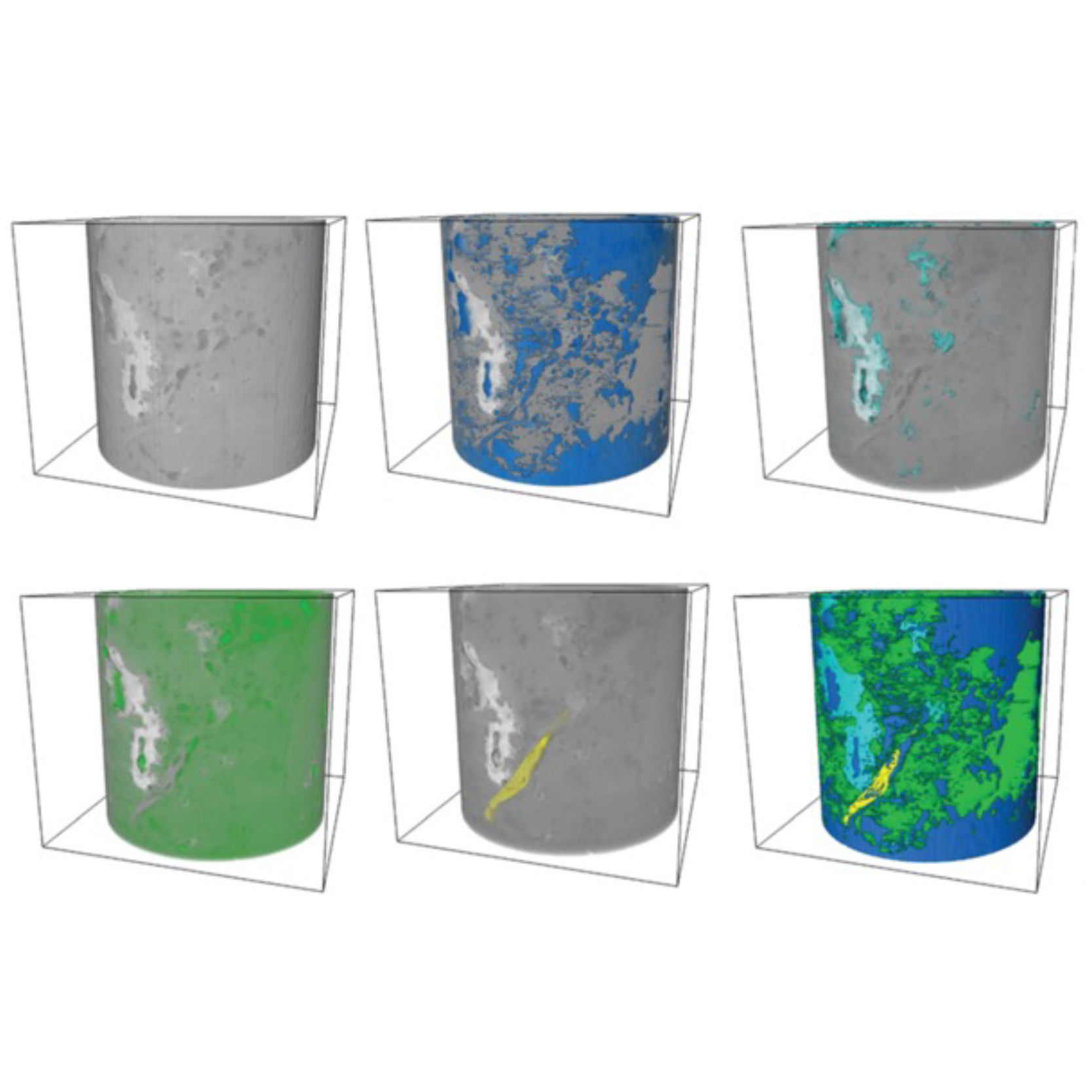
3D Microstructure of Soft Magnetic Elastomer Membrane
Soft magnetic elastomer membranes enable fast magnetic actuation under low fields. In our project, we… Read More
Events & Resources
News, Events and Resources from NXCT Partners
In this project, CiMAT at the University of Warwick worked with Imperial College London to image carbon-metal cloths at the nanometric scale to characterise their fabricated structure and compare them to existing carbon-cloth materials for the purpose of manufacturing electrodes.
In collaboration with University of Warwick, Imperial College London, other international universities and industrial partners, the goal of this study was to characterise and evaluate the impact of carbon-metal fabrics (CMFs) in conjunction with commercially-available Carbon cloth.
CMFs are made of carbon microfibers, carbon nanotubes and iron-based nanoparticles. The innovative catalytic layer and electrode is designed for Regenerative Hydrogen/Vanadium Flow Cells (RHVFC).
As the sample was extremely small (<1mm wide), we used a Zeiss Versa 620 to achieve sub-micron resolution. The scan allowed characterisation of the fibre within the CMFs using VGStudio Max. The 2D and 3D representations of the CMFs combined with projected cost analysis represent a step change in the design and development of tailored electrodes capable of withstanding RHVFC cycling conditions without compromising electrochemical performance.
The results have been published in ACS Appl. Nano Mater. 2021, 4, 10, 10754–10763 DOI: 10.1021/acsanm.1c02195
“The experts at NXCT at the University of Warwick assisted me in imaging a special carbonised metal fabric electrode for a range of battery applications. Their input to my research has helped to better understand the character of these electrodes and represents a big step forward for this revolutionary energy technology. So far, we have produced one high impact international publication (ACS) and we plan to publish another work in the near future on lithium ion battery anodes and the effect of electrode structure on LiB performance.”
Dr. Barun Chakrabarti, Postdoctoral Research Associate


Soft magnetic elastomer membranes enable fast magnetic actuation under low fields. In our project, we… Read More

Nowadays, the increasing capability of micro-manufacturing processes enables the manufacture of miniature products with extremely… Read More

Injection of CO2 into shale reservoirs to enhance gas recovery and simultaneously sequester greenhouse… Read More